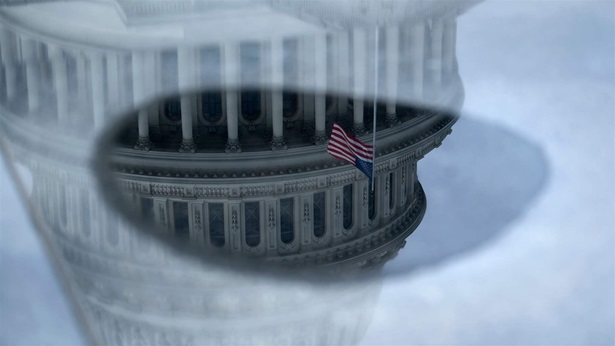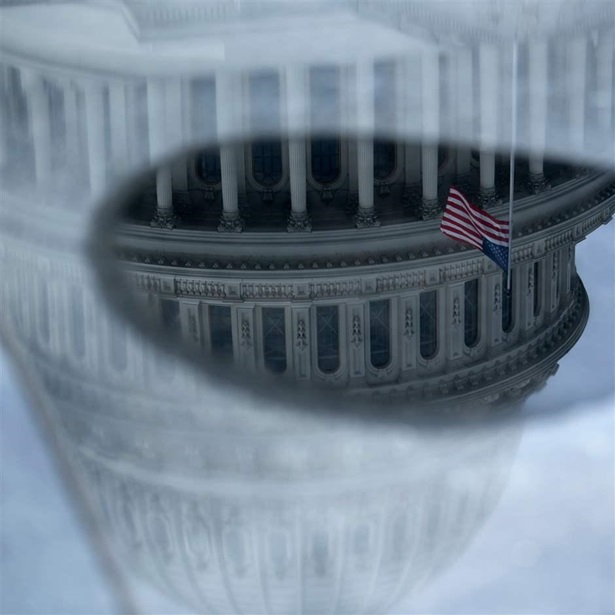Budget Stress Testing Helps States Prepare for Fiscal Distress

Budget stress tests help states estimate the potential financial shortfalls that could result from adverse events—a dramatic economic downturn, for example, or an outbreak of illness, such as the one caused by the novel coronavirus. Policymakers can use this data to plan ahead, helping to avert or limit a fiscal emergency and keep long-term priorities on track.
Conducting a budget stress test is the first of four steps identified in research by The Pew Charitable Trusts that state governments can use to prepare for temporary budget emergencies, whatever the cause.
Inspired by the stress testing of banks required under the 2010 federal Dodd-Frank Act, the concept of such tests for state budgets is relatively new. Still, a handful of states are now conducting stress tests. Minnesota and Utah were early adopters, while Montana and Nebraska passed laws in 2019 that require legislative staff to produce these tests on a regular schedule. Separately, seven states now require regular stress testing to analyze the long-term solvency of their public employee pensions systems.
And these analyses are beginning to inform government actions. For instance, Minnesota produces updated stress tests annually on state budgets. The reports look at various economic scenarios and help set targets for how much money the state should save to give policymakers confidence they can cover unanticipated revenue shortfalls for at least two years. Minnesota’s law also requires that in years when the state has a budget surplus, a third of the extra money be automatically deposited in the rainy day fund until a designated target is reached. As a result, the state’s rainy day fund passed $2.3 billion by late 2019 and hit the designated target.
Beyond helping to set reserve goals, stress tests can inform broader tax and spending decisions. Policymakers may want to reduce dependence on particularly volatile revenue streams—such as taxes on capital gains or oil production—or seek to implement spending and savings approaches that reduce the impact of such fluctuations on state programs.
Stress tests can and should be customized to states’ unique budgets and economies. Some economies may be more volatile than others. For example, growth in New Mexico’s economy—and state revenue—depends heavily on highly variable oil prices and production levels, factors that are weighted heavily in the state’s 2018 stress test. In a recent California stress test, analysts found that state spending on education would automatically decrease in a downturn because of the state’s education funding formula.
All the state budget stress tests analyzed by Pew to date have considered how downturns would affect revenue. For example, in a scenario in which unemployment rises, household income and spending would fall. A stress test can help estimate how much that decline would reduce income and sales taxes.
To get a complete picture, policymakers also need to consider the impact on state spending. For instance, when Utah estimates a potential shortfall, it takes into account likely increases in Medicaid costs (because more residents would qualify for the means-tested program in a downturn), higher education costs (because people go back to school if they can’t find jobs), and public employee pension costs (because the state’s investment earnings would decline, requiring state funding to fill the gap).
No matter what effect unexpected events—like the COVID-19 outbreak—have on state economic and fiscal conditions, policymakers need strong analytical tools to make educated decisions in response. Budget stress tests provide one source of that information. In times of fiscal hardship, data from these analyses can help lawmakers and governors decide how to manage budget uncertainty while still meeting the needs of their constituents.
Josh Goodman researches state fiscal and economic policy as part of The Pew Charitable Trusts’ state fiscal health initiative.
















